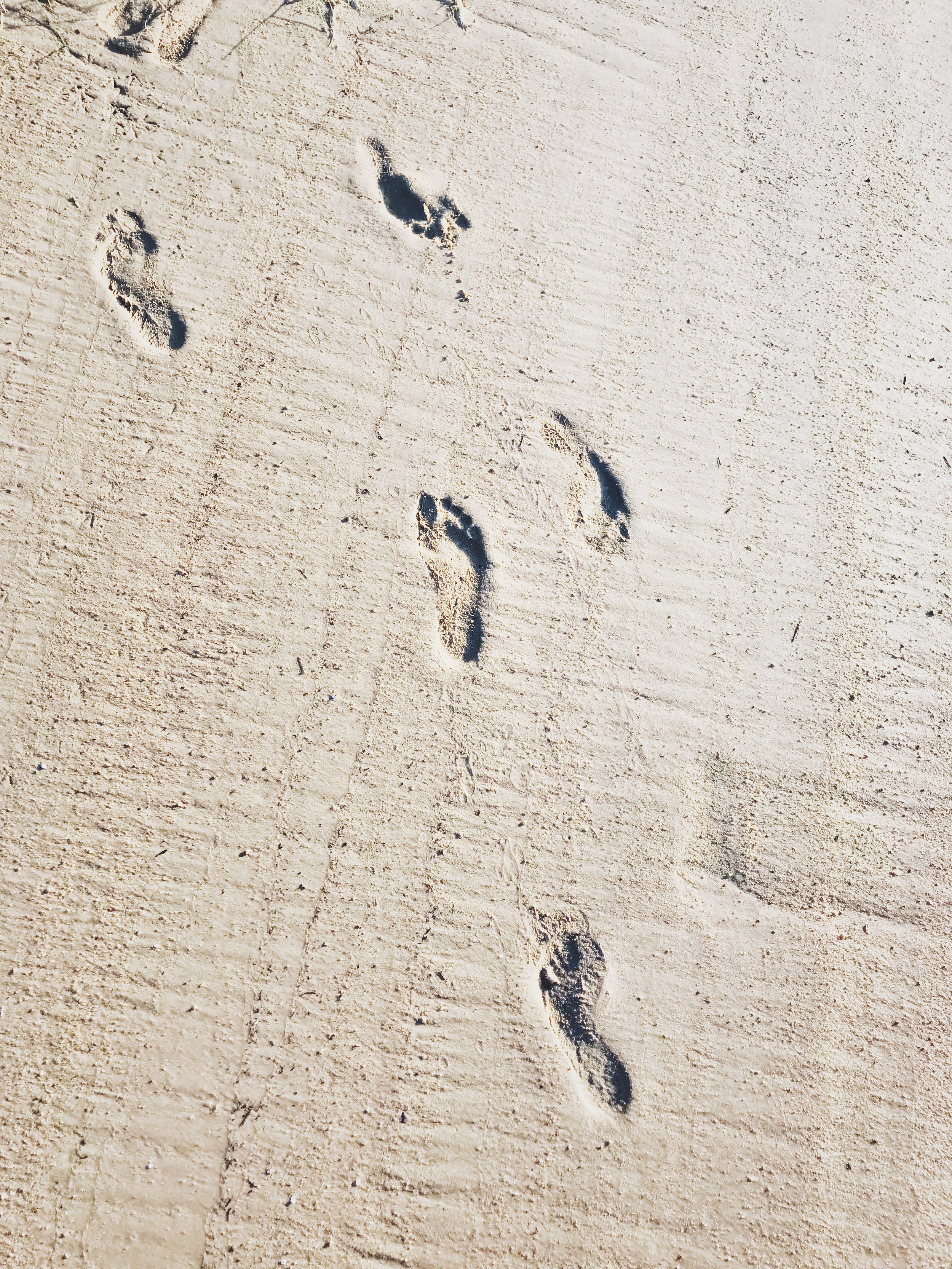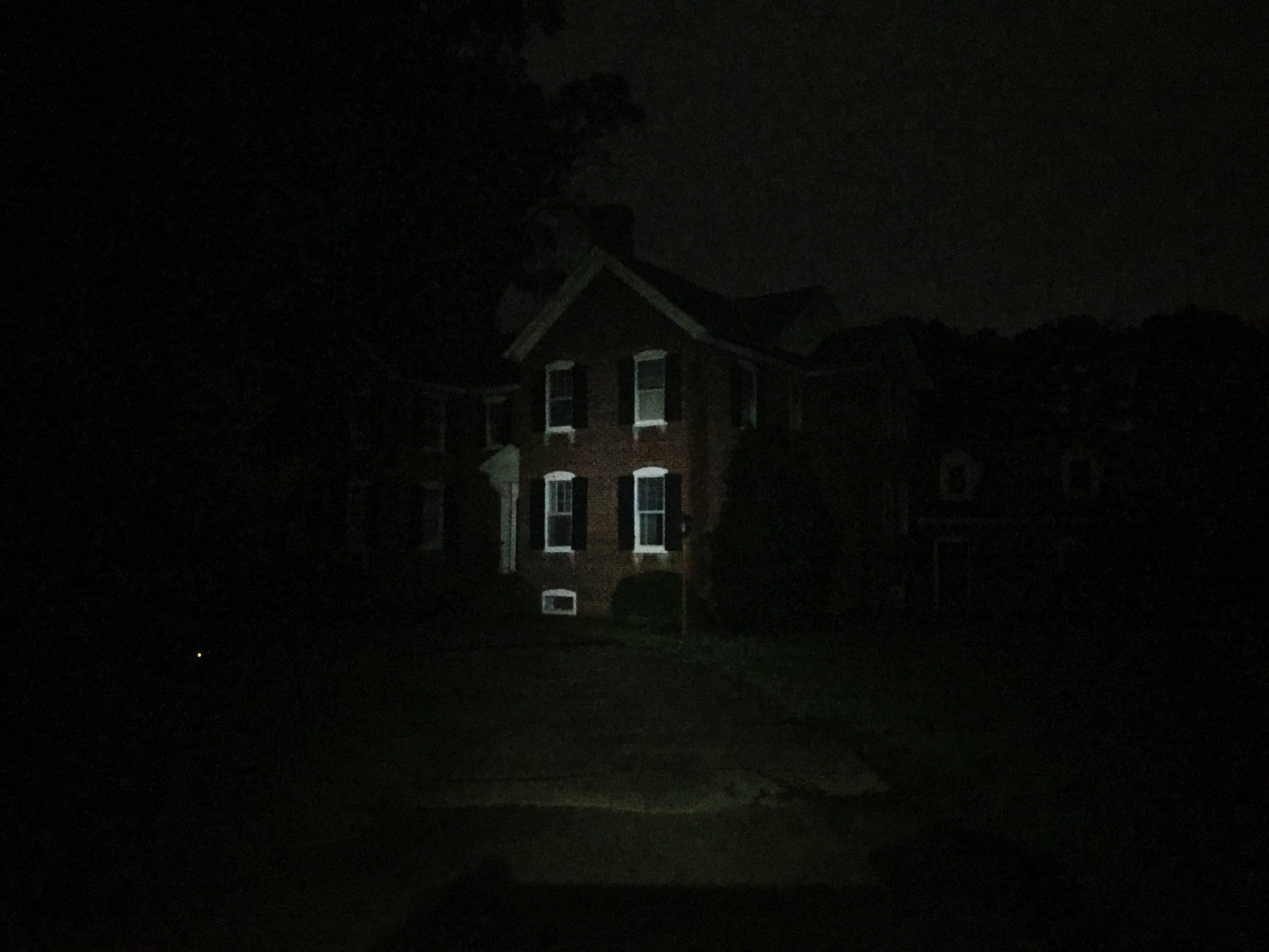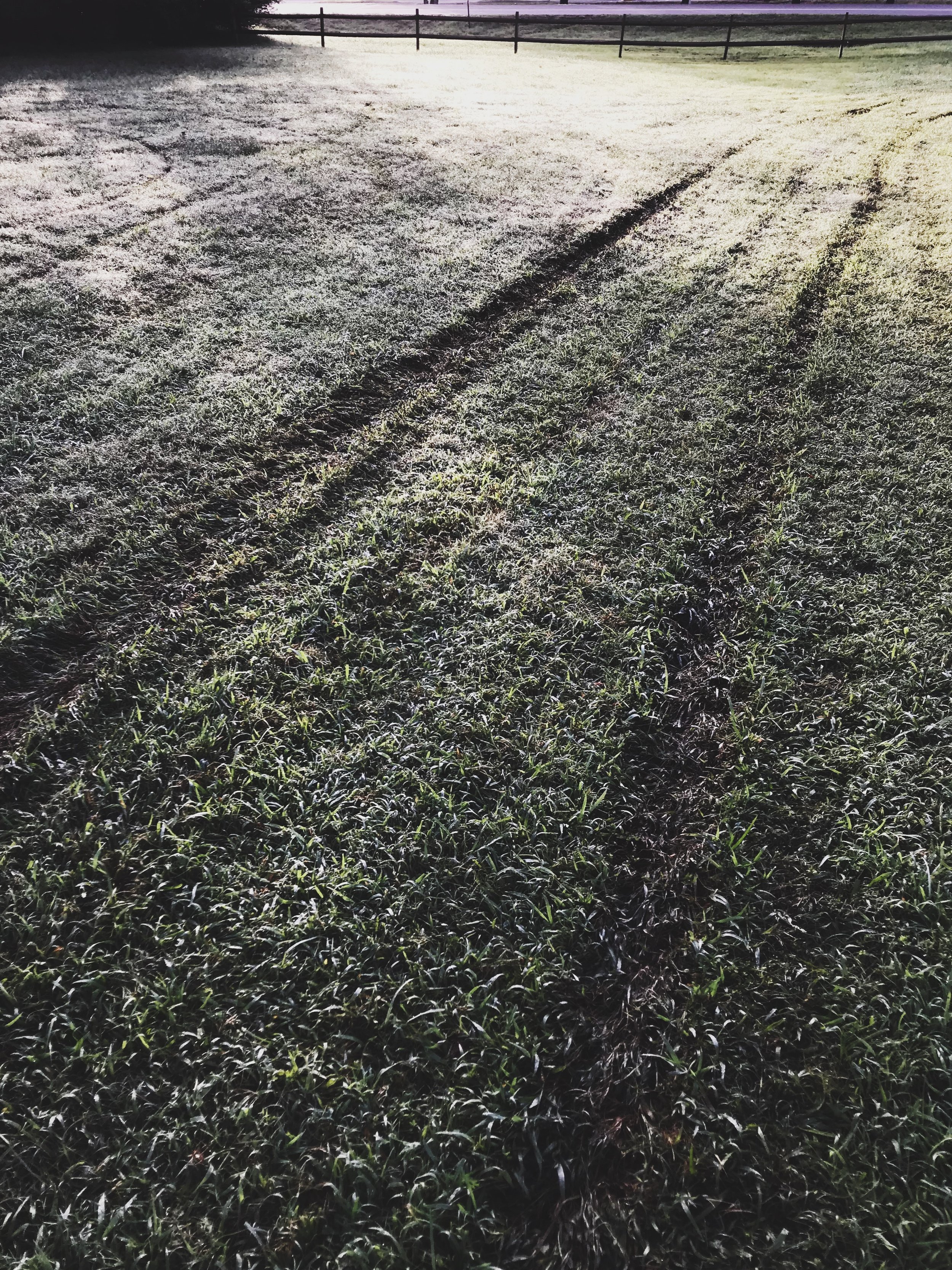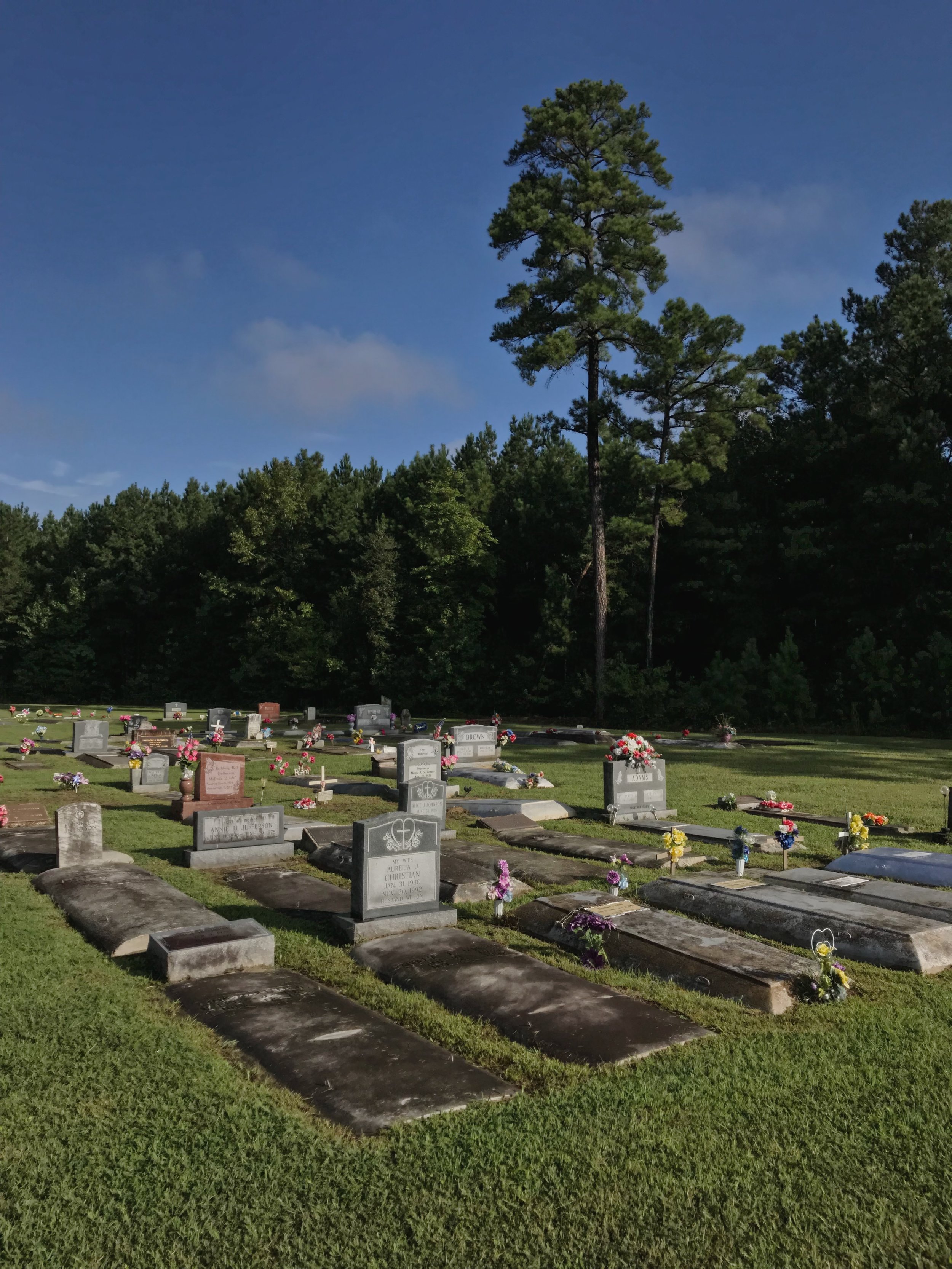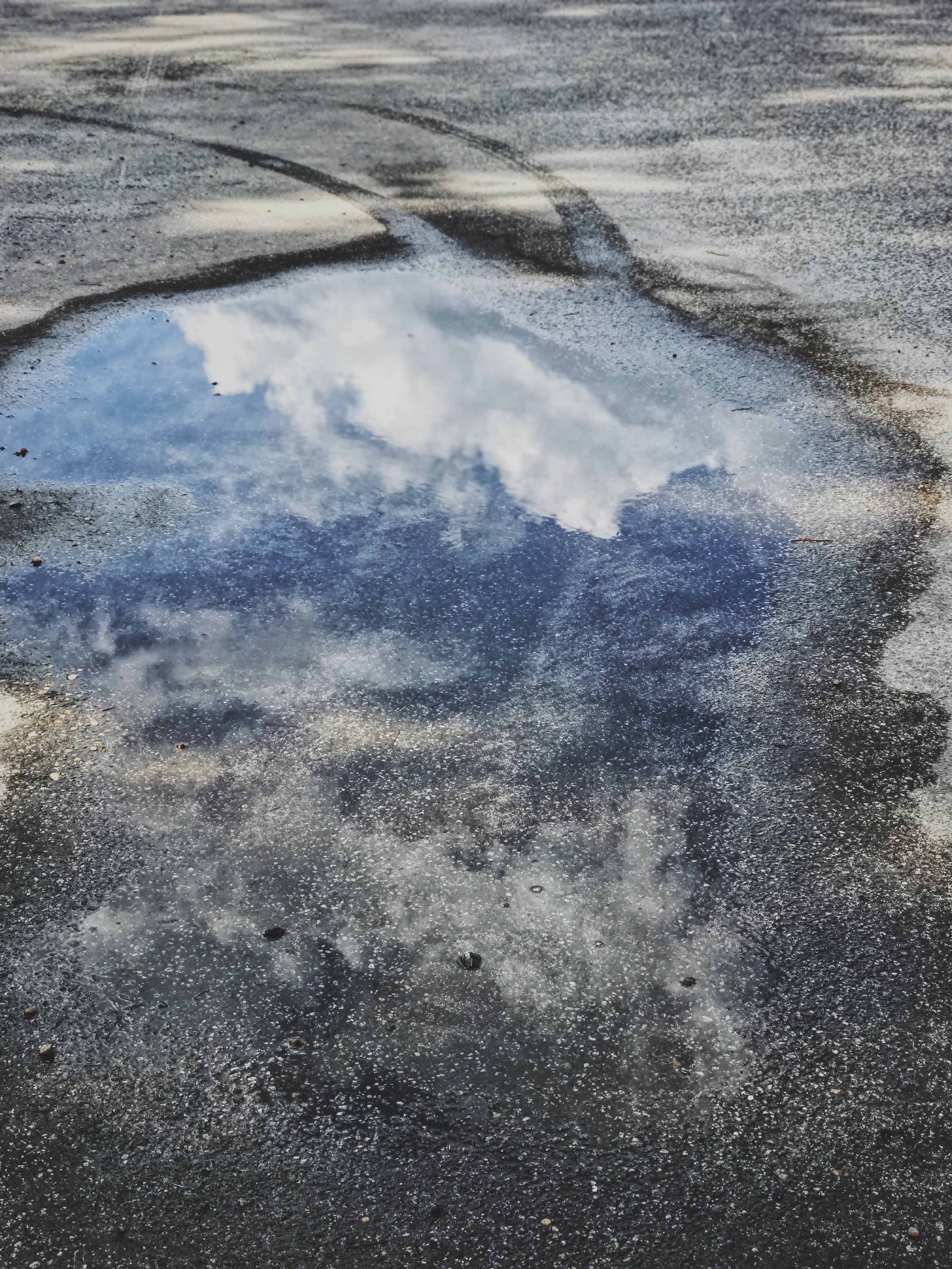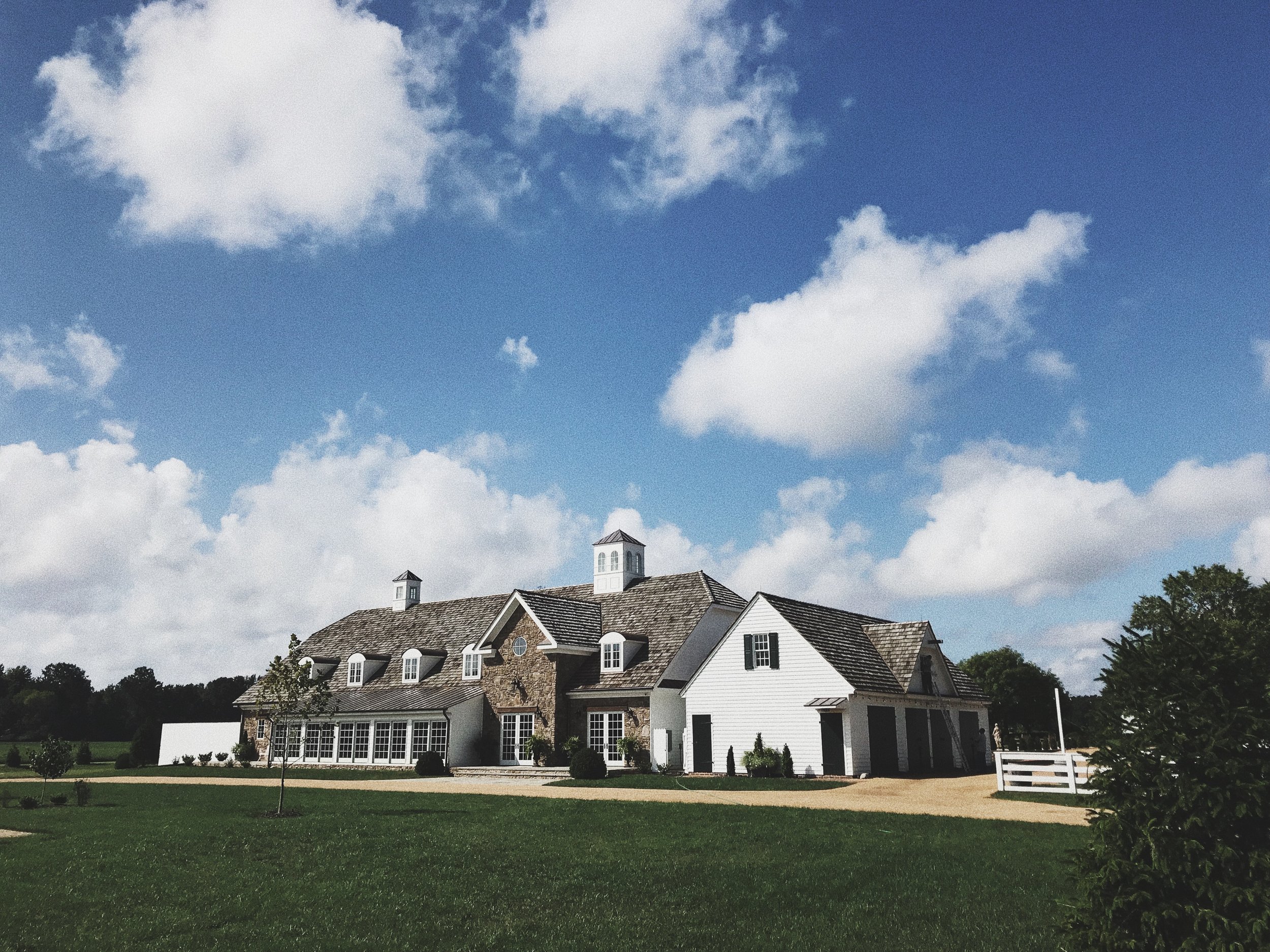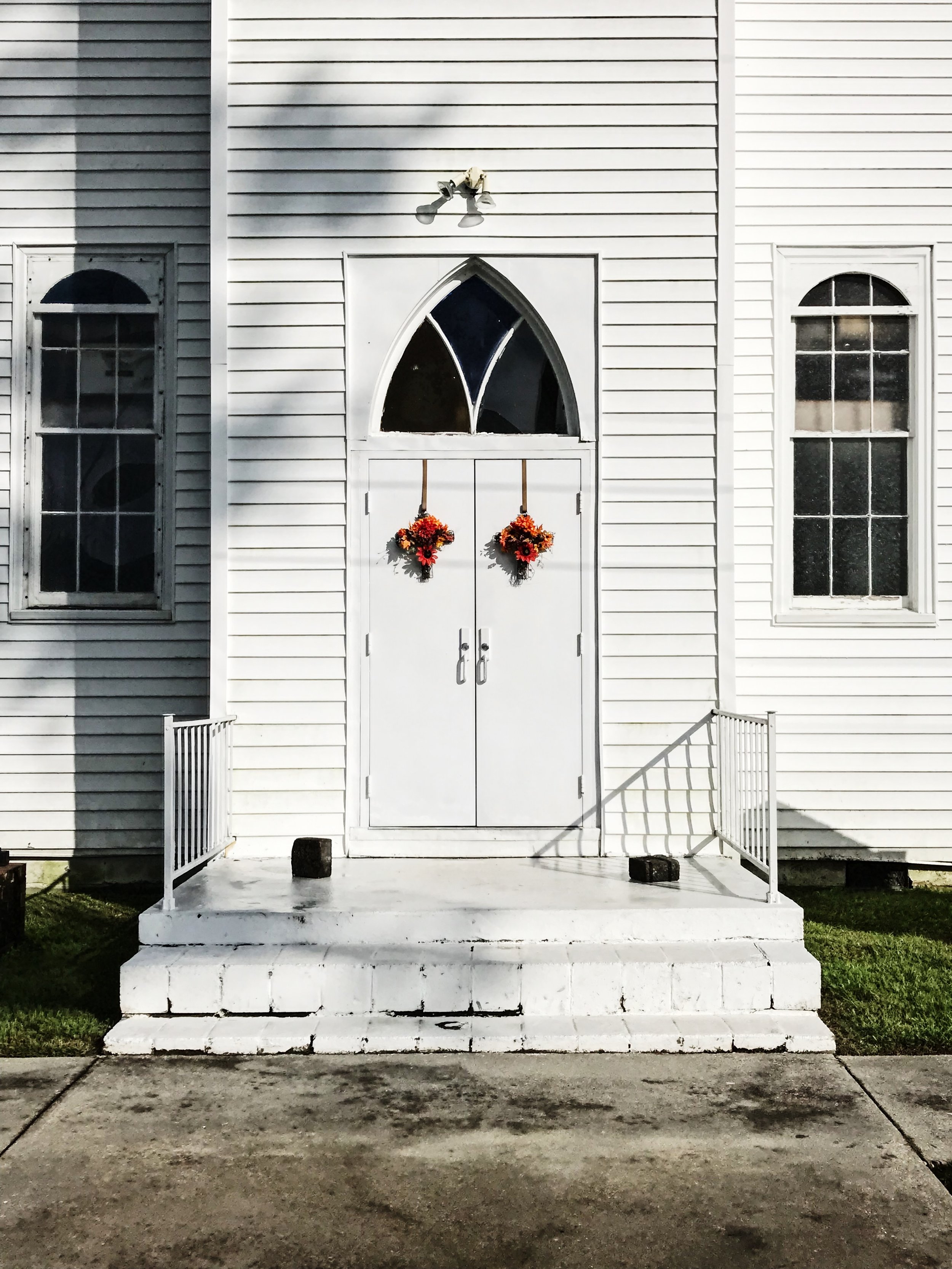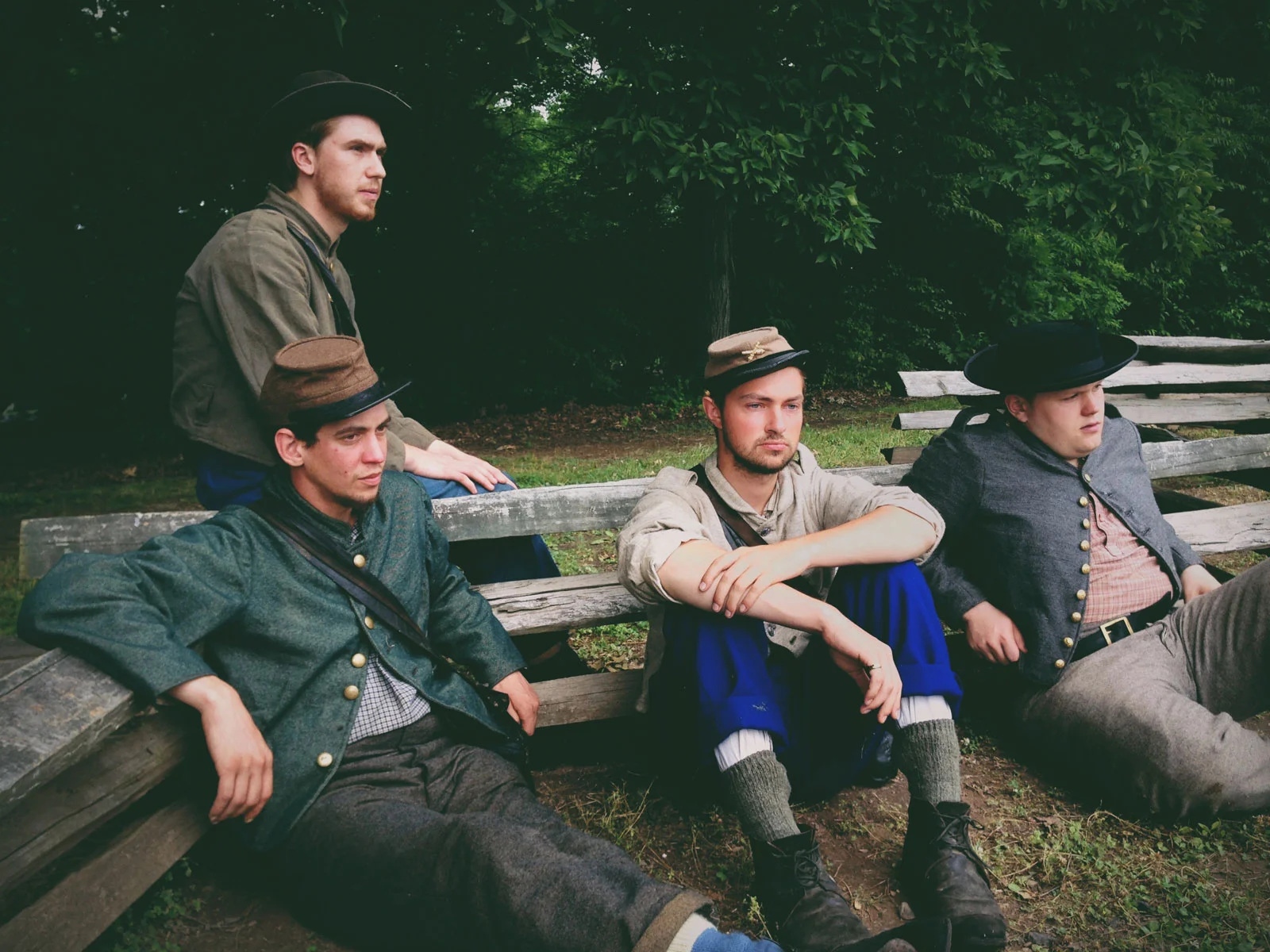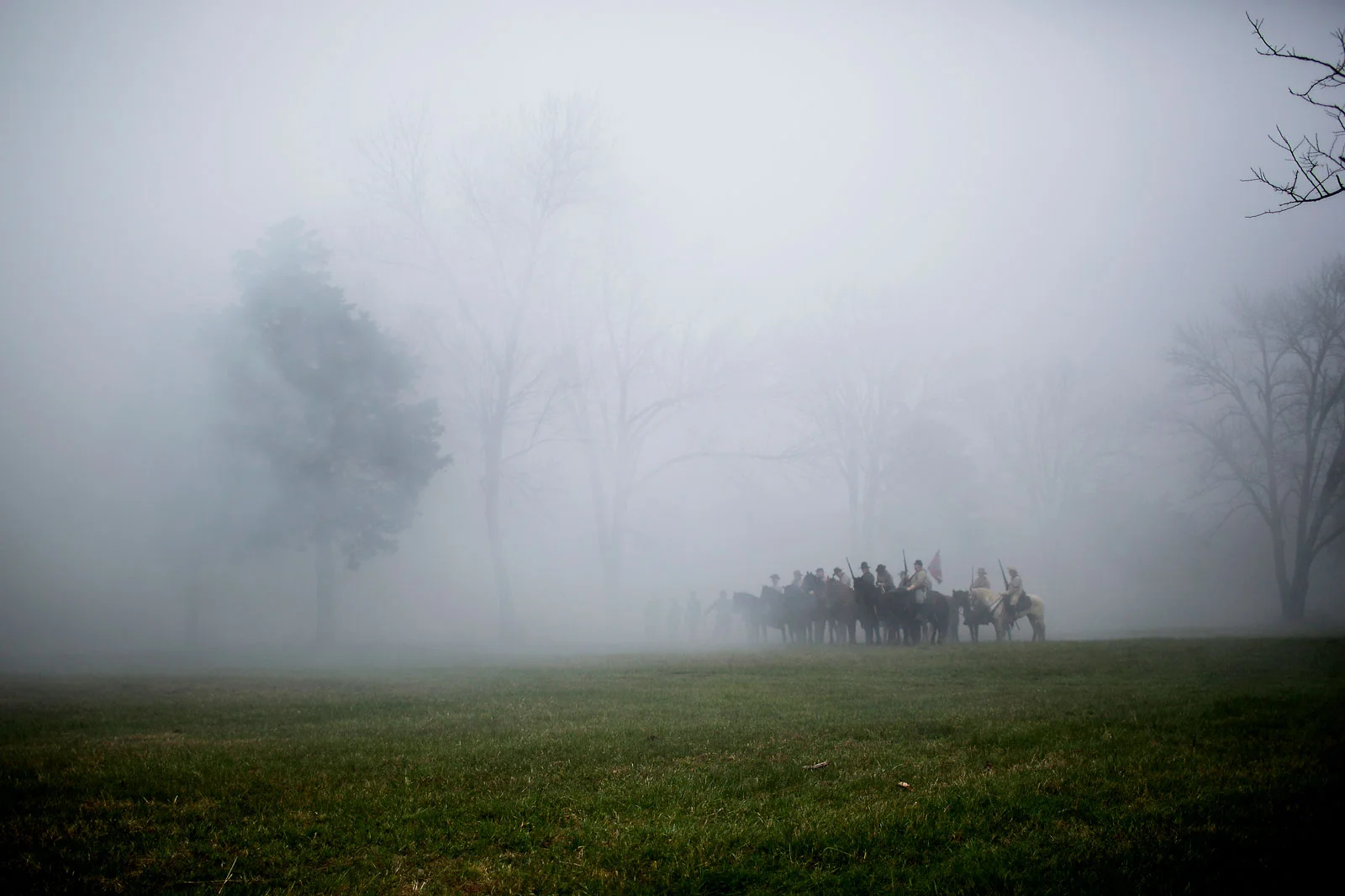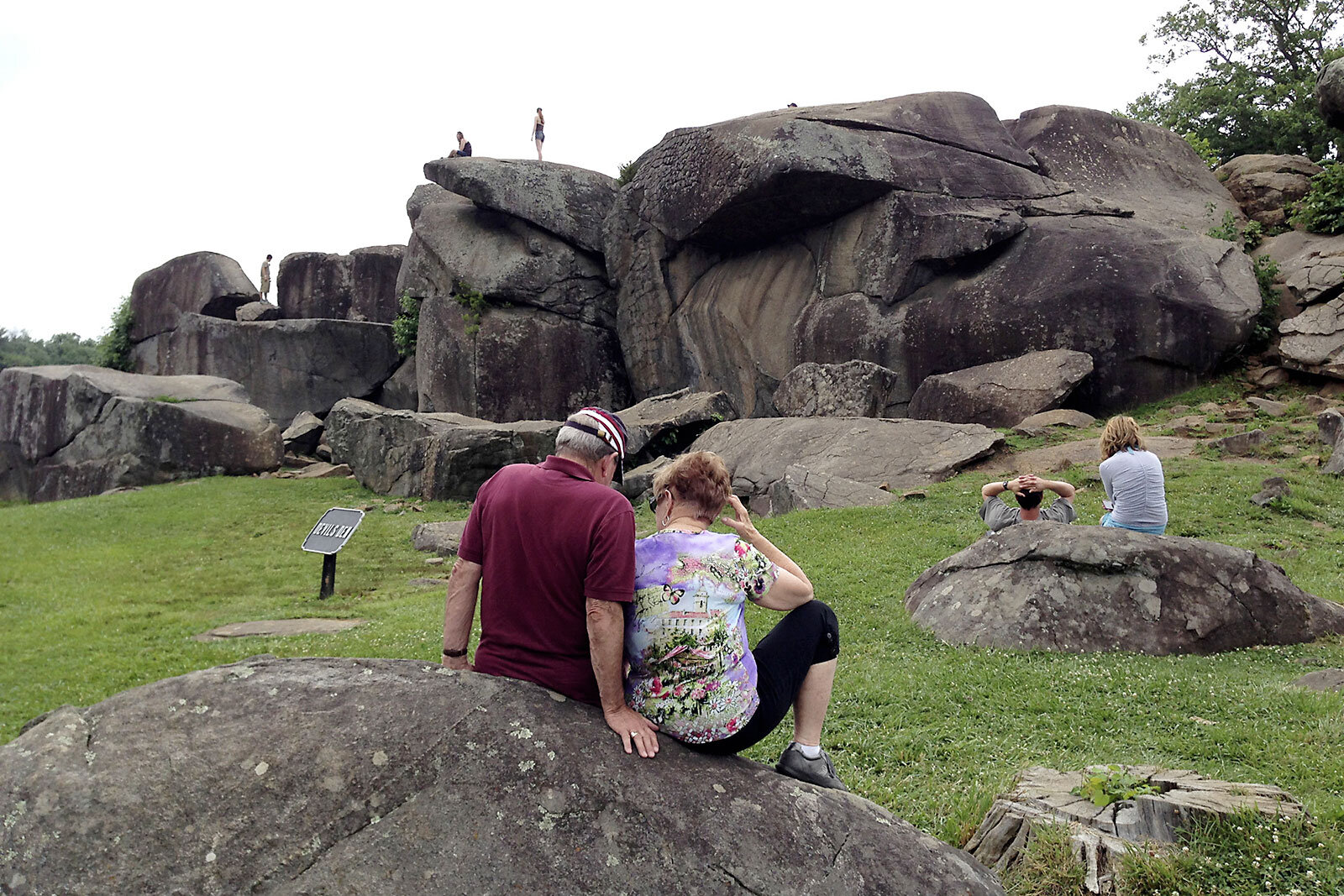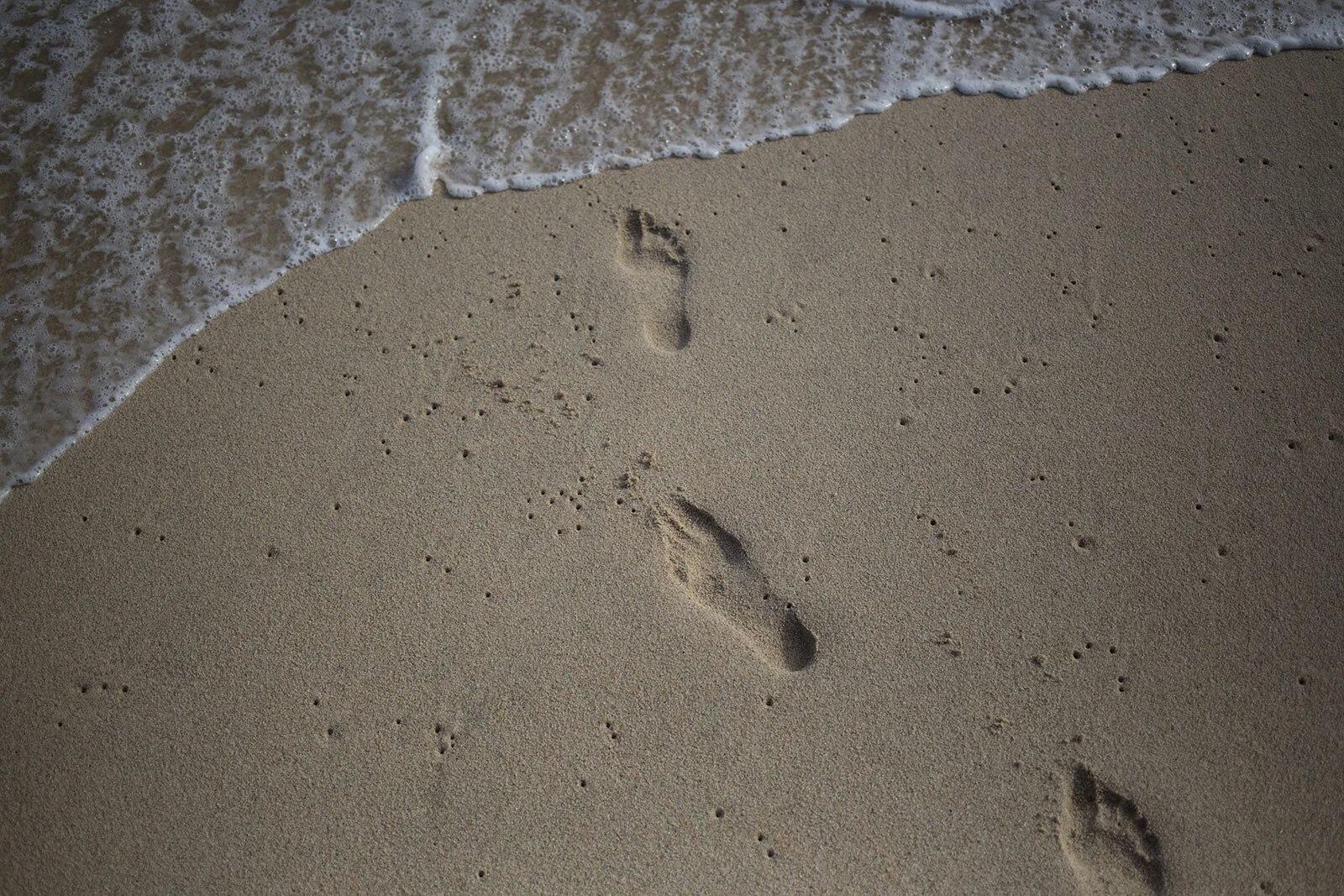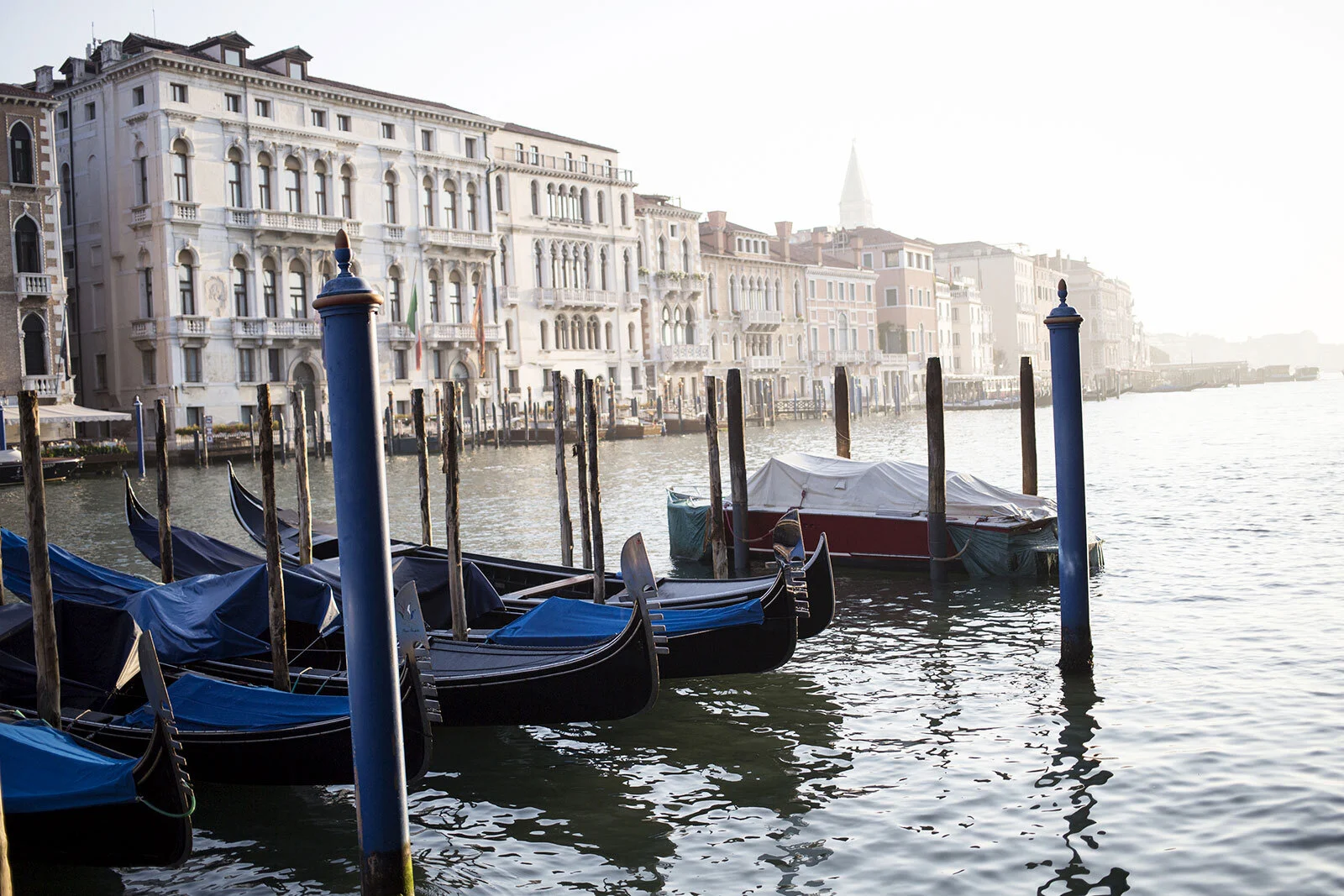Notes on the Chickahominy River
Williamsburg, Virginia
37.262888, -76.880645
Reading Time: 2 min 03 sec
“The Chickahominy River, upstream from the mighty James River, played an essential role throughout the Civil War. The relatively narrow body can prove a notable obstacle when flooded as Union generals executing the Peninsula Campaign discovered when attempting to capture the Confederate Capital of Richmond, VA in 1862. And again, in 1864 when the river flooded, separating the Union Army at crucial times.
The river’s name hums as you say it out loud, sluggish like the meandering swampy lowland wilderness it creates. When English colonists claimed the river in 1607 by exploring it to find a western route to the Pacific, they named it after the Chickahominy tribe. The Chickahominy were just “one of many independent Algonquian-speaking tribes” whose people had lived in the tidal plain long before white, Christian English settlement expansion.
The tribe, the “corse ground corn people,” helped the settlers farm the land and taught them to grow and preserve corn to the effect of saving the floundering and ill-prepared gentry who founded the settlement of Jamestown — the first permanent English settlement in the Americas — from starving to death.
Like most Native American history, it’s interwoven into early continental history like the waters that flow through the tidal thickets, mostly unseen and unheard overshadowed by victorious territorial conquest.”
The American Civil War will forever fascinate me, not just the battlefield glory but the politics that ground this American experiment in democracy to a halt 150 years ago. To understand the politics is to understand the root issue of the war, the continued expansion of slavery.
Since launching a personal project regarding the war in 2011, a multiple platform single story experiment, The 150 Project, I've focused on the battlefield. I've concentrated on the faces of the men and women who fought and died to help quell the slaveholder's rebellion against the federal government. For years I've been researching and planning a pivot from documenting battlefields to pre-Civil War periods and post, specifically reconstruction, the sanctioned apartheid of Jim Crow and the current civil rights battles raging today.
Last week was my first chance to explore a pivot while traveling along the backroads of the primary geographical area where slavery quickly became an institutional and foundational building block for the future economic growth of what will become the United States. Below are a collection of visual notes, a few photos gathered between the production of a unrelated video campaign.
Hergesheimer, E. Map showing the distribution of the slave population of the southern states of the United States. Compiled from the census of 1860. [Washington Henry S. Graham, 1861] Map. https://www.loc.gov/item/99447026/
"It should be observed, that several counties appear comparatively light. This arises from the preponderance of whites and free blacks in the large towns in those counties. . . The figures in each county represent the percentage of slaves. . ."
Today's soybean fields that now pop up in rows across tidewater Virginia have replaced yesterday's cash crop of tobacco that produced huge profits and trading opportunities for early English colonists of the Americas. By the mid-1640's "gang labor, with its reliance on the same use of human muscles that built the pyramids" was quickly becoming institutionalized. The economy surrounding the toil and free labor of human chattel were to become the foundational building block of wealth in the Americas.
Fresh footprints of tourists track the sandy banks of the James River at low tide, far upstream from the Chesapeake Bay and the broader Atlantic Ocean that brought English colonist to this spot in 1607.
The English beachhead floundered at best, disease and starvation ripped through the Jamestown settlement, the first permanent English outpost in the Americas. Their history was not off to a good start as the gentry oscillated between demise and resurrection, sin and salvation. Their sin would not only be the treatment of their Native American saviors but the sanctioned embrace of slave labor.
In 1619, a Dutch ship moored just offshore and brought 20 some enslaved Africans ashore, captured after a battle at sea with the Spanish. It was far from the first time African men, women, and children had "crossed the Atlantic against their will." English investment in African slavery does not begin in 1619 but as early as the 1560s with concurrent English slave-trading expeditions throughout the Atlantic. Though the date may not give us an accurate portrayal of the depths of the English slave trade, it does present a glimpse to where this sickening business plan is heading for the English and future Americans. At the onset of the American Civil War over four million African slaves were toiling in the Antebellum South.
Jamestown Beach. Williamsburg, Virginia.
Jamestown Beach. Williamsburg, Virginia.
A dirt road cuts through a soybean field in Charles City, Virginia. These fields were once owned by US President John Tyler who rose to power after the death of President William Henry Harrison. Tyler, a lifetime supporter of slavery owned 70 African slaves while in office and after his term. The slave owner supposedly considered slavery evil yet fully supported the expansion of the wicked enterprise, never freed his property and supported the southern states' rapid succession from the union. Tyler died in 1863.
Mt. Zion Baptist Church. Wilcox Neck Rd. Charles City, VA. Established 1812.

![Graham, H. S, and E Hergesheimer. Map of Virginia: showing the distribution of its slave population from the census of 1860. [Washington: Henry S. Graham, 1861] Map. https://www.loc.gov/item/2010586916/](https://images.squarespace-cdn.com/content/v1/5b74baf87c93271da8a030e9/1538494974043-S1LOA5H41B57TTF7MW3K/default.jpg)
![Hergesheimer, E. Map showing the distribution of the slave population of the southern states of the United States. Compiled from the census of 1860. [Washington Henry S. Graham, 1861] Map. https://www.loc.gov/item/99447026/"It should be observed, th…](https://images.squarespace-cdn.com/content/v1/5b74baf87c93271da8a030e9/1538612002438-AM9I4UXAA5KICE81U5M4/default.jpg)
